Home>Articles>How To Put Together For The Electric Pressure Cooker?
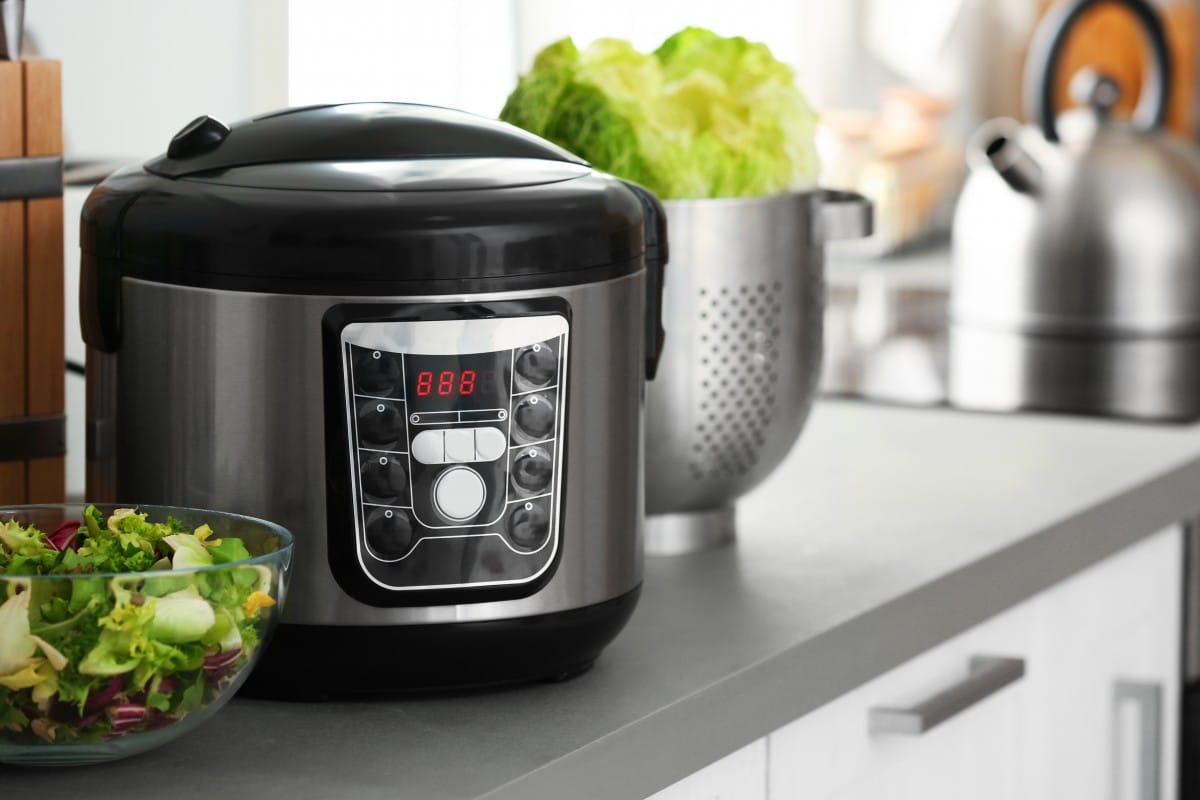

Articles
How To Put Together For The Electric Pressure Cooker?
Modified: February 28, 2024
Learn how to put together your electric pressure cooker with these helpful articles. Discover tips, tricks, and safety precautions for using your appliance efficiently.
(Many of the links in this article redirect to a specific reviewed product. Your purchase of these products through affiliate links helps to generate commission for Storables.com, at no extra cost. Learn more)
Introduction
Welcome to the world of electric pressure cooking! The electric pressure cooker is a versatile and efficient kitchen appliance that can revolutionize the way you prepare meals. With its ability to cook food quickly and retain flavor and nutrients, it has become a popular choice for busy individuals and families.
Whether you’re a seasoned chef or just starting out in the kitchen, this article will guide you on how to put together for the electric pressure cooker. We will cover everything from choosing the right cooker to understanding its functions and learning the proper techniques for creating delicious meals.
One of the key advantages of an electric pressure cooker is its ability to significantly reduce cooking time. This is achieved by creating a pressurized environment that increases the boiling point of water, allowing food to cook faster. In addition to saving time, pressure cooking also helps to tenderize meat, enhance flavors, and retain valuable nutrients.
However, before you start putting together meals in your electric pressure cooker, it’s important to familiarize yourself with the appliance and ensure that you’re using it correctly and safely. This article will provide you with the knowledge and tips you need to make the most of your electric pressure cooker experience.
So, let’s dive in and discover how to choose the right electric pressure cooker, understand its components, clean and prepare it for use, explore the cooking functions, learn the techniques for putting together meals, ensure safety precautions, troubleshoot common issues, and ultimately, make the most of your electric pressure cooking adventures!
Key Takeaways:
- Choosing the right electric pressure cooker is crucial for efficient and flavorful cooking. Consider factors such as size, pressure settings, safety features, and brand reputation to make an informed decision and enjoy the benefits of this versatile kitchen appliance.
- Familiarizing yourself with the components, understanding cooking functions, and following safety precautions are essential for successful electric pressure cooking. Experiment with techniques, troubleshoot common issues, and unleash your culinary creativity to make the most of your electric pressure cooker experience.
Choosing the Right Electric Pressure Cooker
When it comes to selecting an electric pressure cooker, there are a few key factors to consider. Taking the time to research and choose the right cooker will ensure that you have an appliance that meets your needs and provides excellent performance. Here are some important points to keep in mind:
- Size and Capacity: Electric pressure cookers come in a range of sizes, typically measured in quarts. Consider the number of people you regularly cook for and the types of meals you want to prepare. A 6-quart cooker is a popular choice for most households, but larger or smaller options are available depending on your needs.
- Build Quality: Look for a pressure cooker that is made from durable materials such as stainless steel. High-quality construction ensures longevity and even heat distribution, which is essential for successful pressure cooking.
- Pressure Settings: Check if the pressure cooker offers multiple pressure settings. Different recipes may require different pressure levels. The ability to adjust the pressure settings gives you more versatility in your cooking.
- Safety Features: Safety should be a top priority when choosing an electric pressure cooker. Look for models with features such as a pressure release valve, locking lid, and automatic shut-off to prevent accidents and ensure peace of mind.
- Control Panel: A user-friendly control panel with intuitive buttons and a clear display makes it easy to operate the cooker. Look for a cooker with a digital display that shows cooking time and pressure levels.
- Maintenance and Cleaning: Consider the ease of cleaning the pressure cooker. Look for models with removable inner pots and dishwasher-safe components for hassle-free maintenance.
- Brand Reputation: Research the reputation of the brand before making a purchase. Look for trusted brands that have a track record of producing reliable and high-quality electric pressure cookers.
Take your time to read reviews, compare features, and consider your specific needs to make an informed decision. Remember, investing in a good-quality electric pressure cooker will pay off in the long run, providing you with a reliable and efficient cooking companion for years to come.
Familiarizing Yourself with the Components
Before you start putting together meals in your electric pressure cooker, it’s important to familiarize yourself with its various components. Understanding the different parts of the cooker will help you operate it confidently and make the most of its capabilities. Here are the key components you should be familiar with:
- Lid: The lid is an essential part of the electric pressure cooker. It locks in place during cooking to create a sealed environment necessary for pressure cooking. Most electric pressure cookers have a safety lock feature that prevents the lid from being opened when there is pressure inside.
- Pressure Release Valve: Located on top of the lid, the pressure release valve is responsible for regulating the pressure inside the cooker. It allows you to release excess pressure manually when cooking is complete or when a recipe calls for it.
- Inner Pot: The inner pot is where you place the ingredients for cooking. It is typically made of stainless steel and is removable for easy cleaning. The capacity of the inner pot will depend on the size of the pressure cooker you choose.
- Sealing Ring: The sealing ring is a rubber gasket that creates an airtight seal between the lid and the pot. It is important to regularly inspect the sealing ring for any damage or wear and replace it if necessary to ensure proper sealing and safety.
- Control Panel: The control panel is where you select the desired cooking functions, set the cooking time and pressure, and monitor the progress of your cooking. Different models may have varying options and features on the control panel.
- Pressure Indicator: The pressure indicator is a small pin or valve that rises and falls to indicate the pressure levels inside the cooker. It is important to wait for the pressure indicator to drop before attempting to open the lid, as it signals that the pressure has been released.
- Power Cord: The power cord connects the electric pressure cooker to a power source and supplies the necessary electricity for cooking. Ensure that the power cord is in good condition and properly plugged in before use.
Take the time to carefully read the instruction manual provided with your electric pressure cooker. It will provide detailed information about the components, their functions, and how to operate the cooker safely.
By familiarizing yourself with the various components of your electric pressure cooker, you will be equipped with the knowledge to use it effectively and experiment with a wide range of recipes.
Cleaning and Preparing the Cooker Before Use
Properly cleaning and preparing your electric pressure cooker before its first use is crucial for maintaining hygiene and ensuring optimal performance. Follow these steps to clean and prepare your cooker:
- Read the Instruction Manual: Start by carefully reading the instruction manual provided with your electric pressure cooker. Each model may have specific cleaning instructions, so it is important to familiarize yourself with the manufacturer’s recommendations.
- Detach and Wash Removable Parts: Most electric pressure cookers have removable inner pots, sealing rings, and lids. Take these components out and wash them with warm, soapy water. Rinse thoroughly and dry before reassembling.
- Wipe Down the Exterior: Use a soft, damp cloth to wipe down the exterior of the cooker, including the control panel and any buttons. Avoid using abrasive cleaners or scouring pads that may scratch the surface.
- Inspect the Sealing Ring: Check the sealing ring for any signs of damage or wear. If it appears cracked or dry, it may need to be replaced. Consult the instruction manual or contact the manufacturer for guidance on obtaining a new sealing ring.
- Ensure Proper Placement of Sealing Ring: Make sure the sealing ring is fitted securely in the designated groove on the lid. This ensures a proper seal during cooking and prevents any potential leaks.
- Perform a Test Run: Some electric pressure cookers recommend performing a test run before cooking actual meals. This involves adding water to the inner pot, sealing the lid, and using the steam function to check for any issues and familiarize yourself with the cooking process.
- Check for Obstructions: Ensure that the pressure release valve and the float valve are clear of any debris or food particles. These valves are essential for maintaining the correct pressure levels during cooking.
- Run a Cleaning Cycle (if applicable): Some electric pressure cookers have a specific cleaning cycle. Refer to the instruction manual to determine if your cooker offers this feature and follow the recommended steps to run a cleaning cycle.
After cleaning and preparing your electric pressure cooker, you’re ready to start using it to create delicious meals. Remember to always follow the manufacturer’s instructions and recommended safety precautions to ensure a safe and enjoyable cooking experience.
By taking the time to properly clean and prepare your electric pressure cooker, you’ll be setting a solid foundation for many successful and enjoyable cooking adventures.
Understanding the Cooking Functions
Electric pressure cookers come equipped with a variety of cooking functions that allow you to prepare different types of dishes. It’s important to understand these functions and how to utilize them effectively. Here are some common cooking functions found in electric pressure cookers:
- Pressure Cook: This is the main function of the electric pressure cooker. It allows you to cook food under high pressure, reducing cooking time significantly. Depending on the model, you may have the option to adjust the pressure level and cooking time to suit different recipes.
- Slow Cook: The slow cook function allows you to cook food at a lower temperature over a longer period of time. This is ideal for dishes that require slow simmering to develop rich flavors and tenderize ingredients.
- Sauté/Browning: This function allows you to brown or sauté ingredients directly in the inner pot before pressure cooking. It is a handy feature for adding depth of flavor to certain recipes and can be used for browning meat or sautéing vegetables.
- Steam: The steam function enables you to cook food using steam, without the need for added oil or fat. It is great for vegetables, seafood, and delicate proteins that require gentle and healthy cooking methods.
- Rice: Many electric pressure cookers have a dedicated rice cooking function that takes the guesswork out of cooking perfect rice. Simply add the rice and water to the pot, select the rice function, and let the cooker handle the rest.
- Keep Warm: After cooking is complete, the keep warm function automatically switches on to keep your food at a safe temperature until you’re ready to serve. It’s a convenient feature for keeping food warm without overcooking it.
- Cake/Bake: Some advanced electric pressure cookers offer a cake or bake function, allowing you to prepare desserts such as cakes, bread, and custards. This feature can be a fun and unexpected addition to your pressure cooking repertoire.
Understanding the cooking functions of your electric pressure cooker will help you choose the right function for different recipes and achieve the desired results. Experiment with different functions and cooking times to explore the versatility of your appliance and expand your culinary horizons.
Remember to consult the instruction manual for specific instructions on using each cooking function and recommended cooking times for different ingredients. By mastering the various functions, you’ll be able to create a wide range of delicious meals with ease.
Before using your electric pressure cooker, always make sure to read the instruction manual thoroughly to understand its functions and safety precautions.
Read more: How To Put A Blender Together
Learning the Proper Techniques for Putting Together Meals
Now that you’re familiar with your electric pressure cooker’s components and cooking functions, it’s time to dive into the proper techniques for putting together meals. These techniques will help you achieve great results and make the most of your pressure cooking experience:
- Sear Meat Before Pressure Cooking: For optimal flavor and texture, consider searing meat using the sauté or browning function before pressure cooking it. Searing locks in the juices and adds a nice crust to the meat.
- Properly Layer Ingredients: When adding ingredients to the cooker, make sure to layer them correctly. Start with the protein at the bottom, followed by any dense vegetables, and then add the more delicate ingredients on top. This will ensure even cooking and prevent ingredients from becoming mushy.
- Be Mindful of Liquid Levels: Most recipes will require a certain amount of liquid to create steam and build pressure. It’s important to follow the recipe’s instructions and not exceed the recommended liquid level to avoid any issues during cooking.
- Use Natural Release or Quick Release: After pressure cooking, you have the option of using either natural release or quick release to release the pressure. Natural release allows the pressure to release naturally over time, while quick release quickly releases the pressure using the pressure release valve. Different recipes may specify which method to use, so be sure to follow the directions carefully.
- Use a Timer: Many electric pressure cookers have built-in timers, but it’s always a good idea to use a separate kitchen timer as well. This will help you keep track of cooking times accurately and prevent overcooking or undercooking your food.
- Experiment with Seasonings: Pressure cooking can intensify flavors, so adjust your seasonings accordingly. Be bold with spices, herbs, and seasonings to add depth and complexity to your dishes. Remember to taste and adjust seasonings before serving.
- Don’t Overfill the Cooker: It’s important not to overfill your electric pressure cooker. Leave some space at the top to prevent clogging the pressure release valve and ensure proper pressure build-up.
- Make Use of the Trivet: The trivet, a metal rack that comes with many electric pressure cookers, is useful for elevating ingredients out of the cooking liquid. This is particularly handy when steaming vegetables or cooking delicate proteins.
- Allow for Resting Time: Just like with other cooking methods, it’s important to allow your pressure-cooked dishes to rest before serving. This allows the flavors to settle and the meats to become tender and juicy.
Remember, practice makes perfect! Don’t be afraid to experiment and adjust cooking times and techniques to suit your preferences. As you become more familiar with your electric pressure cooker, you’ll develop an intuition for achieving the best results with different ingredients and recipes.
By mastering these techniques, you’ll be able to create flavorful and tender meals that are sure to impress your family and friends!
Safety Precautions While Using the Electric Pressure Cooker
While electric pressure cookers are generally safe to use, it’s important to follow a few safety precautions to ensure a secure cooking experience. By keeping these precautions in mind, you can avoid accidents and enjoy your electric pressure cooker with confidence:
- Read the Instruction Manual: Familiarize yourself with the specific safety instructions and recommendations provided by the manufacturer. Each model may have different operating procedures and safety precautions.
- Check the Sealing Ring: Before every use, inspect the sealing ring for any damages or wear. A damaged or improperly fitted sealing ring could result in pressure leaks or a failed seal. Replace the sealing ring if necessary.
- Do Not Overfill: Avoid overfilling the pressure cooker beyond the recommended maximum capacity. Leave enough space at the top for food expansion and to prevent clogging the pressure release valve.
- Properly Ventilate the Area: Ensure that there is enough space around the pressure cooker for proper ventilation. Keep it away from walls, curtains, or other objects that could obstruct the steam release.
- Use the Recommended Amount of Liquid: Follow the recipe’s instructions regarding the amount of liquid required for pressure cooking. Sufficient liquid is necessary to build pressure and prevent the food from drying out or burning.
- Use Caution When Releasing Pressure: Exercise caution when releasing pressure from the cooker. Avoid placing your hands or face directly over the pressure release valve. Use a utensil or oven mitt to manipulate the valve and direct the steam flow away from you.
- Do Not Force the Lid: Never force open the lid if it resists opening. This could indicate that there is still pressure inside the cooker. Wait for the pressure indicator (if available) to drop, indicating that it is safe to open the lid.
- Switch Off and Unplug: Always switch off and unplug the pressure cooker after use. This helps to prevent any accidental operation or electrical hazards.
- Clean and Maintain Regularly: Properly clean and maintain your electric pressure cooker to ensure its safe and efficient operation. Follow the manufacturer’s instructions for cleaning and maintenance.
- Keep Children and Pets Away: Electric pressure cookers generate heat and steam during operation. Keep children and pets at a safe distance to prevent accidental burns or injuries.
Remember, safety should always be your top priority when using any kitchen appliance. By following these safety precautions, you can enjoy the convenience and efficiency of electric pressure cooking without any unnecessary risks.
Lastly, in case of any doubts or concerns, don’t hesitate to reach out to the manufacturer’s customer support for clarification or assistance. They will be able to address any specific safety concerns related to your electric pressure cooker model.
Troubleshooting Common Issues
While electric pressure cookers are generally reliable and easy to use, there may be times when you encounter some common issues. Here are some troubleshooting tips to help you overcome these challenges and ensure a successful cooking experience:
- Lid Not Sealing: If you’re having trouble getting the lid to seal, check if the sealing ring is properly fitted in its groove on the lid. Make sure the sealing ring is clean and free of any debris. If the problem persists, try replacing the sealing ring.
- Food Sticking to the Bottom: If food is sticking to the bottom of the inner pot, ensure that you’re using enough liquid and not overfilling the cooker. Adding a bit of cooking oil or using a non-stick inner pot can also help prevent sticking.
- Unevenly Cooked Food: If your food is coming out unevenly cooked, make sure you’re layering the ingredients properly. Ensure that dense vegetables and proteins are placed at the bottom, while delicate ingredients go on top. Adjusting the cooking time or adding more liquid may also help achieve even results.
- Steam Leaking: If you notice steam escaping from places other than the pressure release valve, check if the sealing ring is properly fitted. Make sure there are no food particles or debris obstructing the sealing surfaces. Replace the sealing ring if necessary.
- Burn Message: Some electric pressure cookers have a burn protection feature that detects when the bottom of the pot is overheating. If you encounter a burn message, check if there is enough liquid in the pot and if any food is stuck to the bottom. Clean the pot, add more liquid if needed, and try again.
- Excess Foam: Certain recipes, especially those involving beans or grains, can create excess foam that may clog the pressure release valve. If this happens, manually release the pressure, carefully remove the lid, skim off the foam, and continue cooking as needed.
- Error Codes: Refer to the instruction manual for specific error codes and their corresponding solutions. If you encounter an error code on the display panel, consult the troubleshooting section of the manual or contact customer support for assistance.
- Slow Pressure Build-Up: If the pressure is taking longer than usual to build up, ensure that the lid is properly sealed and the pressure release valve is closed. Check for any blockages or debris that may be obstructing the valves or vents. Also, ensure that there is enough liquid in the cooker.
- Electronic Malfunctions: In the event of any electronic malfunctions or unexpected behavior, unplug the cooker, wait for a few seconds, and plug it back in. This can often resolve minor issues. If the problem persists, contact customer support for further guidance.
If you encounter any other issues that are not covered here, it’s always best to refer to your specific electric pressure cooker’s instruction manual for troubleshooting tips. Remember, practice and familiarity with your cooker will give you a better understanding of its quirks and how to troubleshoot effectively.
By troubleshooting common issues and resolving them promptly, you’ll be able to enjoy seamless and successful pressure cooking sessions.
Conclusion
Congratulations! You’ve now learned how to put together for the electric pressure cooker and are equipped with the knowledge and techniques to make the most of this versatile kitchen appliance.
By choosing the right electric pressure cooker, familiarizing yourself with its components, cleaning and preparing it before use, understanding the cooking functions, and following safety precautions, you can enjoy efficient and flavorful meals with ease.
Remember to experiment with different recipes, seasonings, and cooking techniques to unlock the full potential of your electric pressure cooker. The possibilities are endless, from creating savory stews and tender roasts to quick and healthy steamed dishes.
As with any cooking method, practice and experience will sharpen your skills. Don’t be discouraged if you encounter some challenges along the way. Refer to the instruction manual, consult resources online, and reach out to customer support if needed.
So, embrace the world of electric pressure cooking and let your culinary creativity soar. Unlock delicious flavors, save time in the kitchen, and impress your family and friends with your newfound skills.
Happy pressure cooking and bon appétit!
Frequently Asked Questions about How To Put Together For The Electric Pressure Cooker?
Was this page helpful?
At Storables.com, we guarantee accurate and reliable information. Our content, validated by Expert Board Contributors, is crafted following stringent Editorial Policies. We're committed to providing you with well-researched, expert-backed insights for all your informational needs.
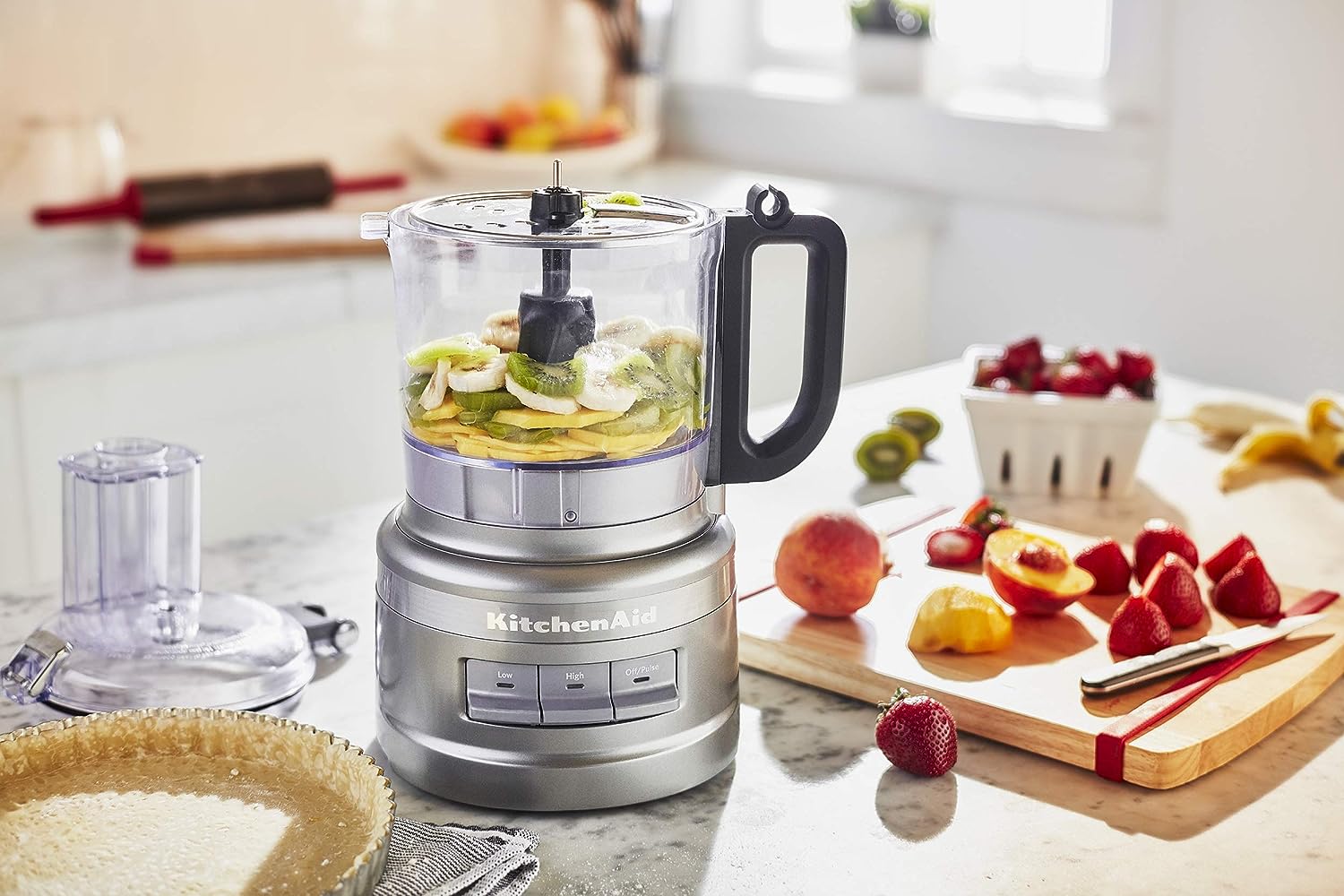
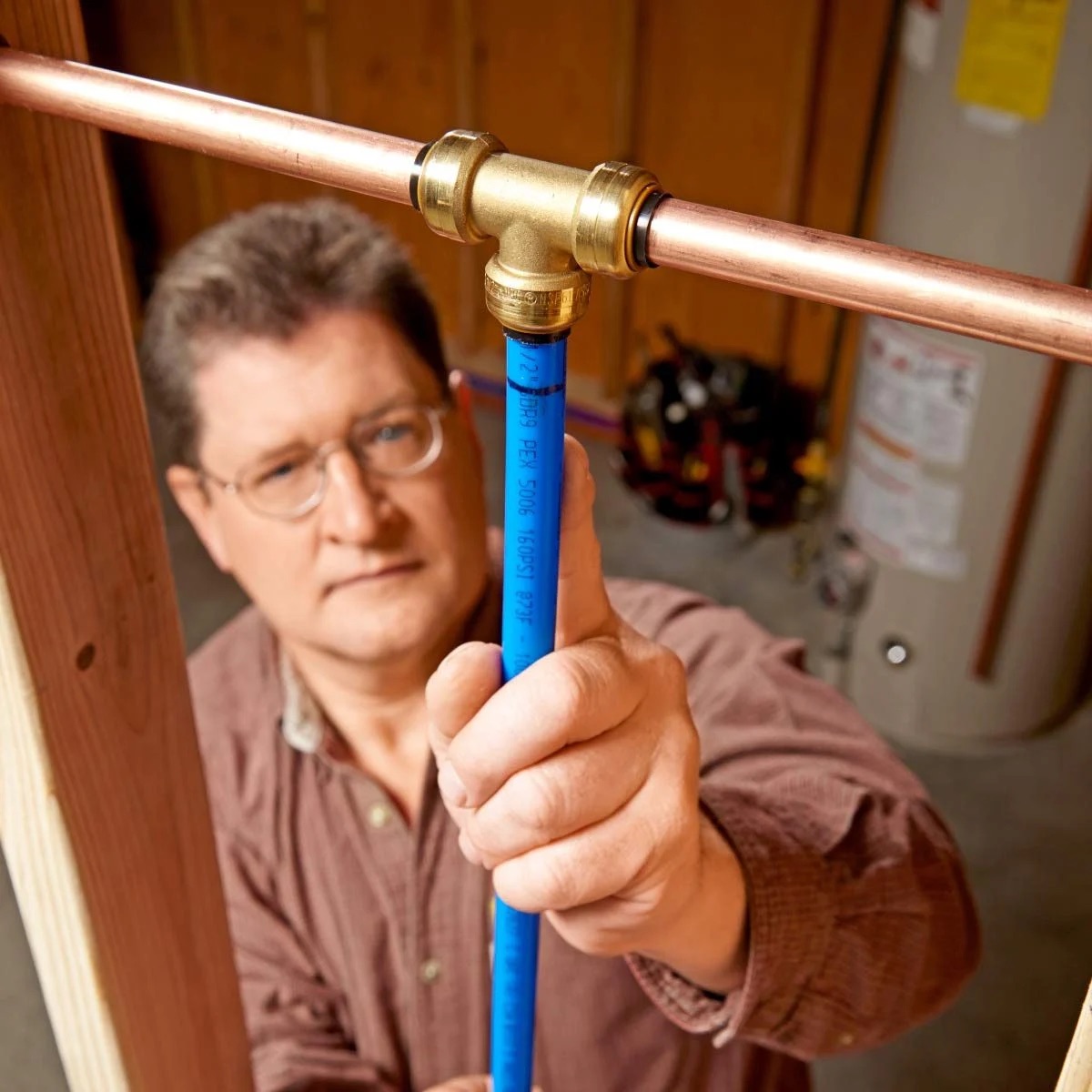
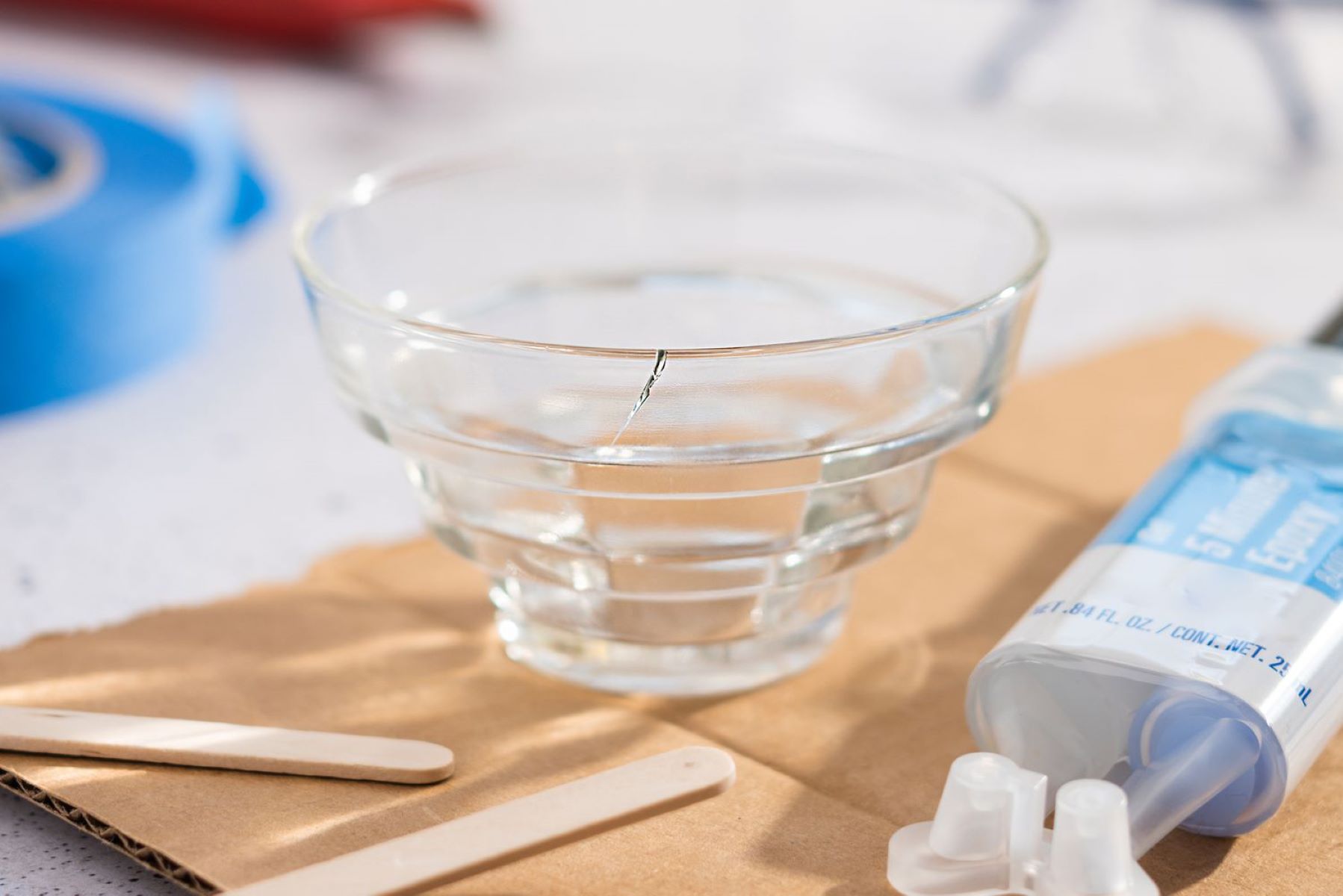
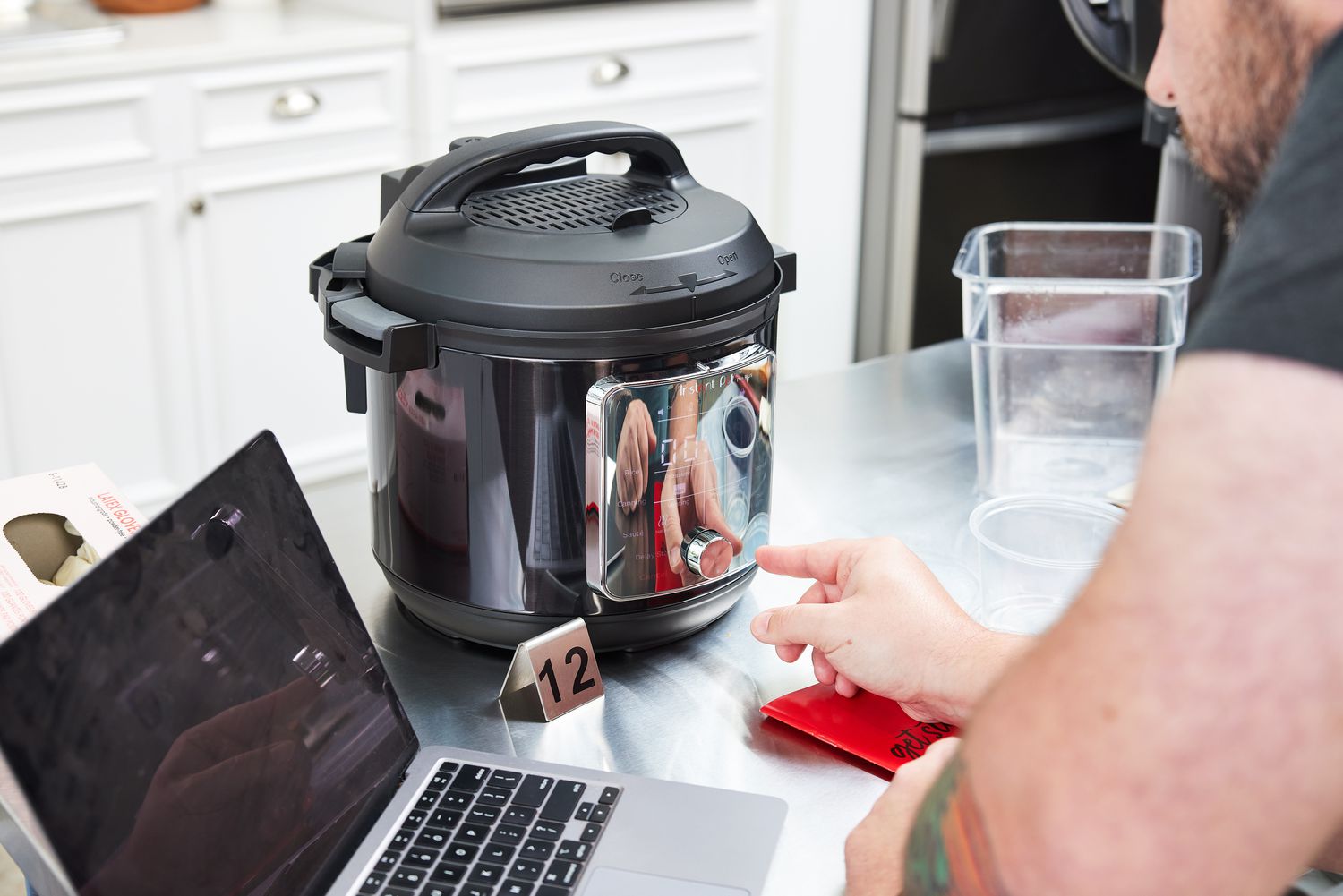
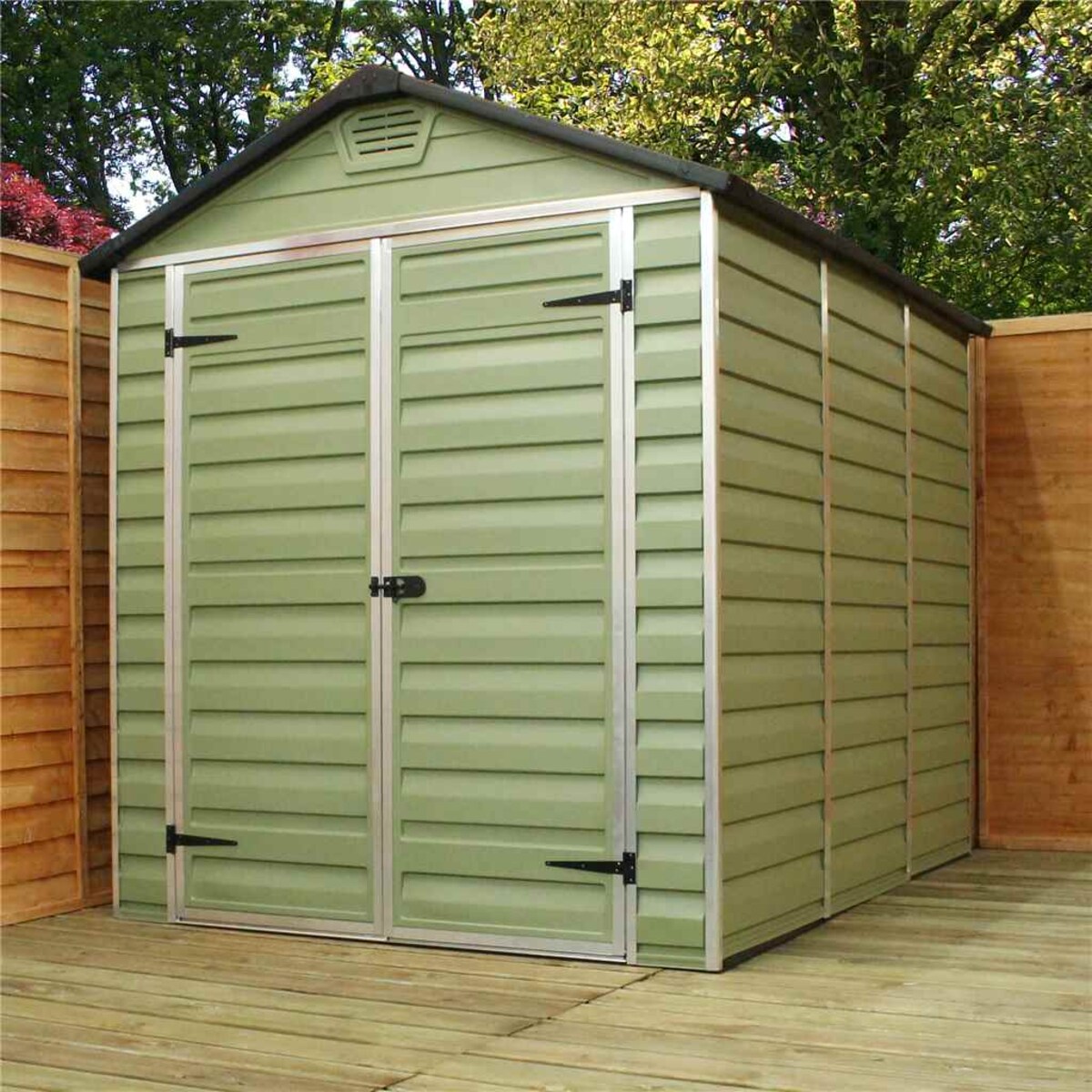
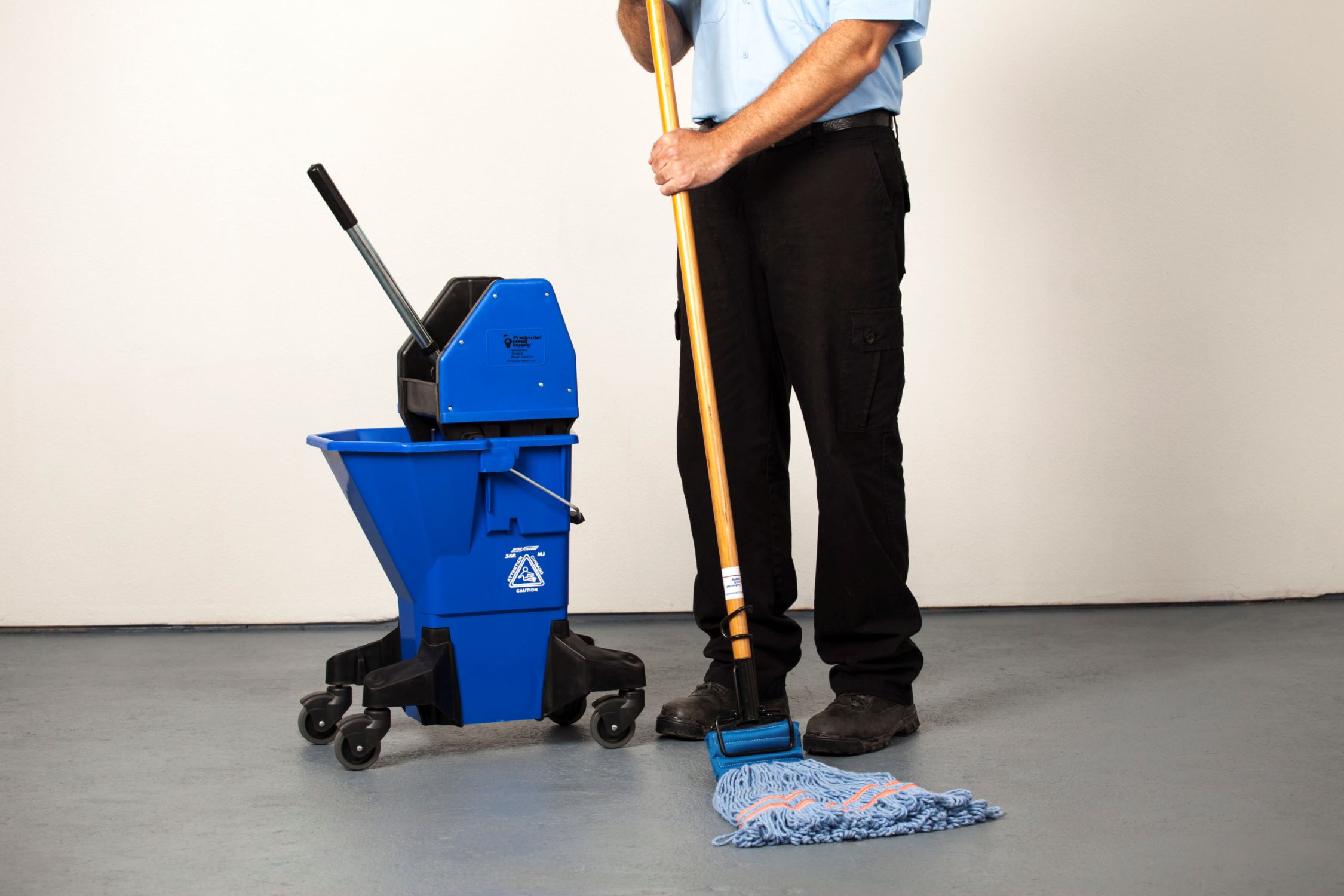
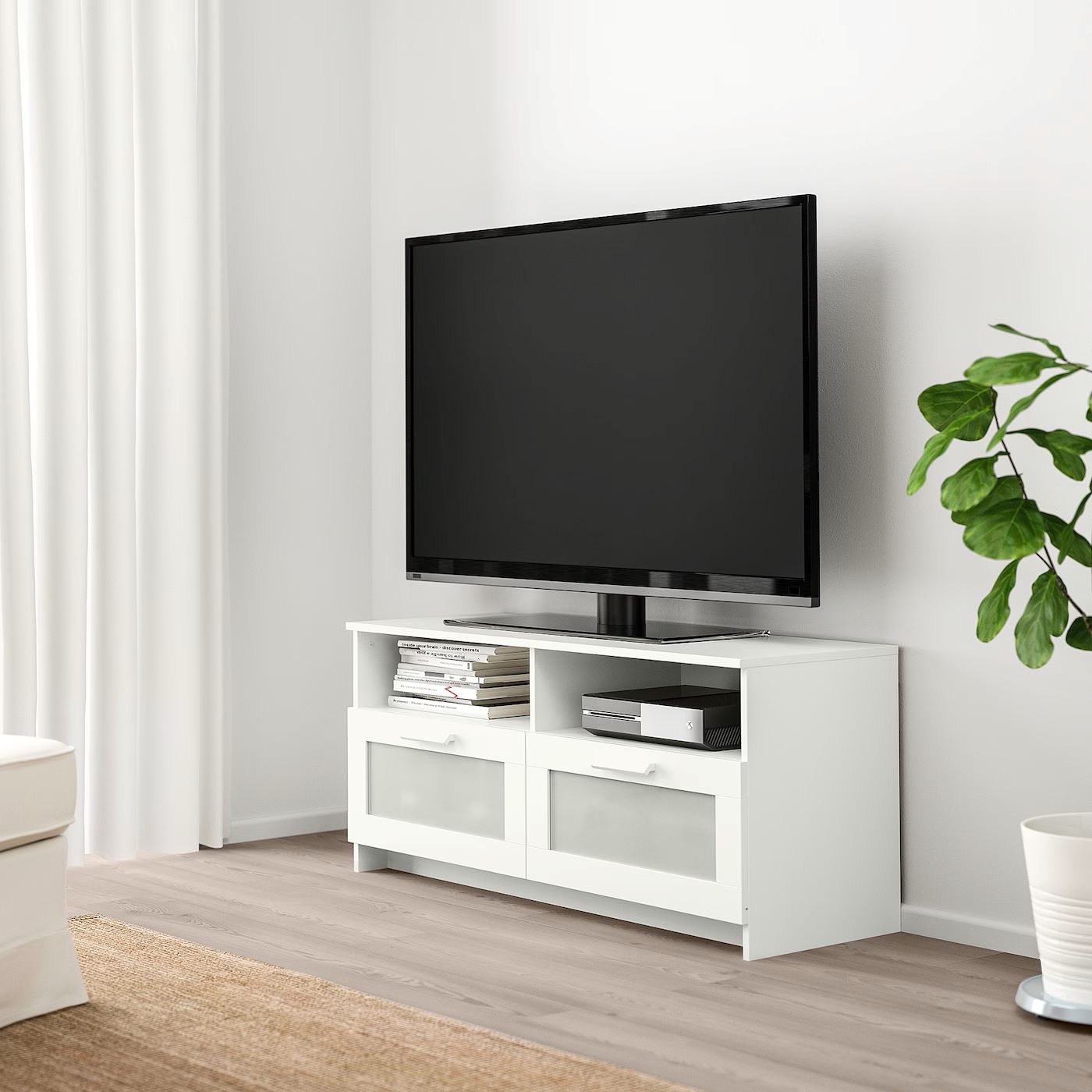
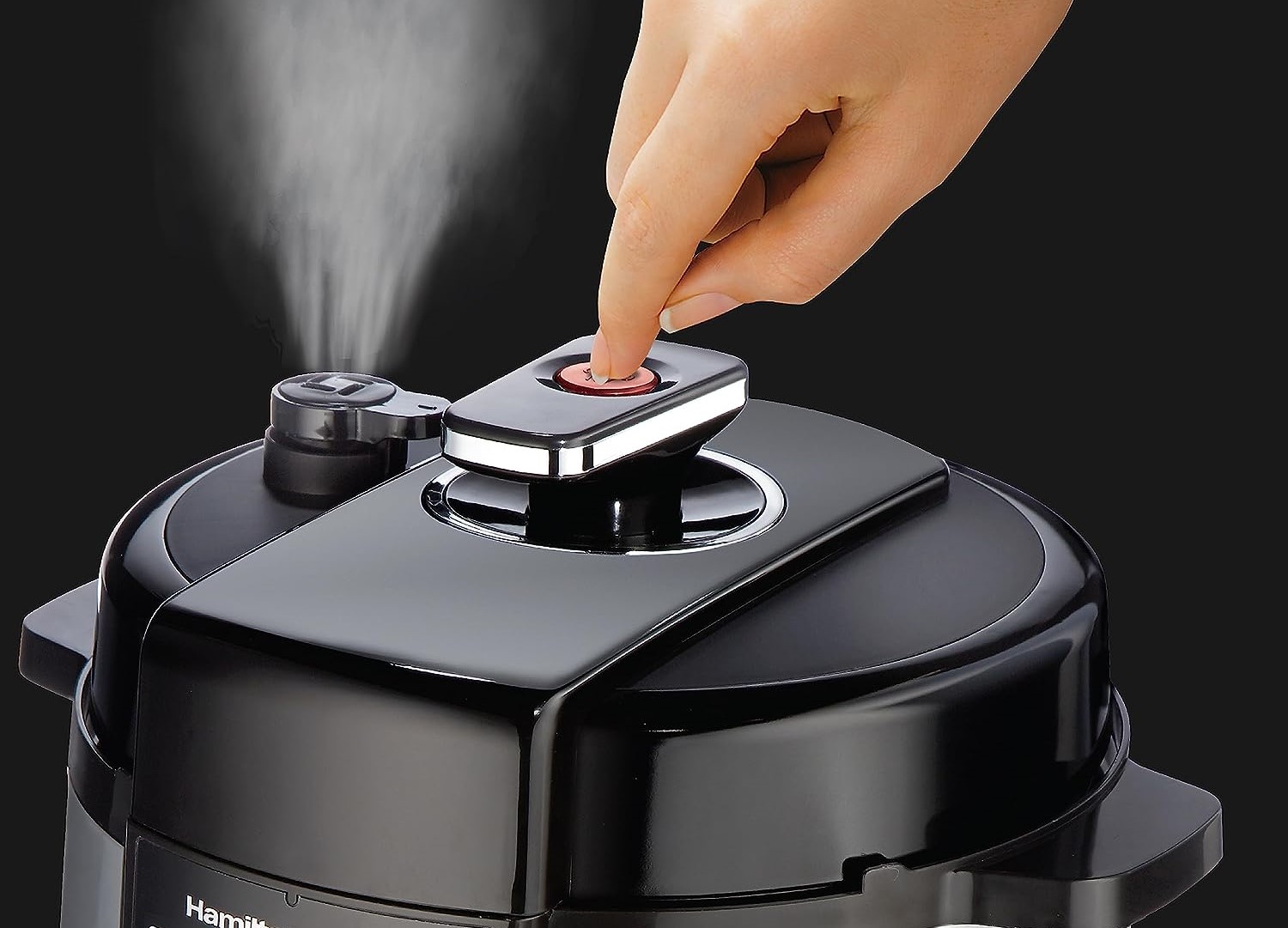
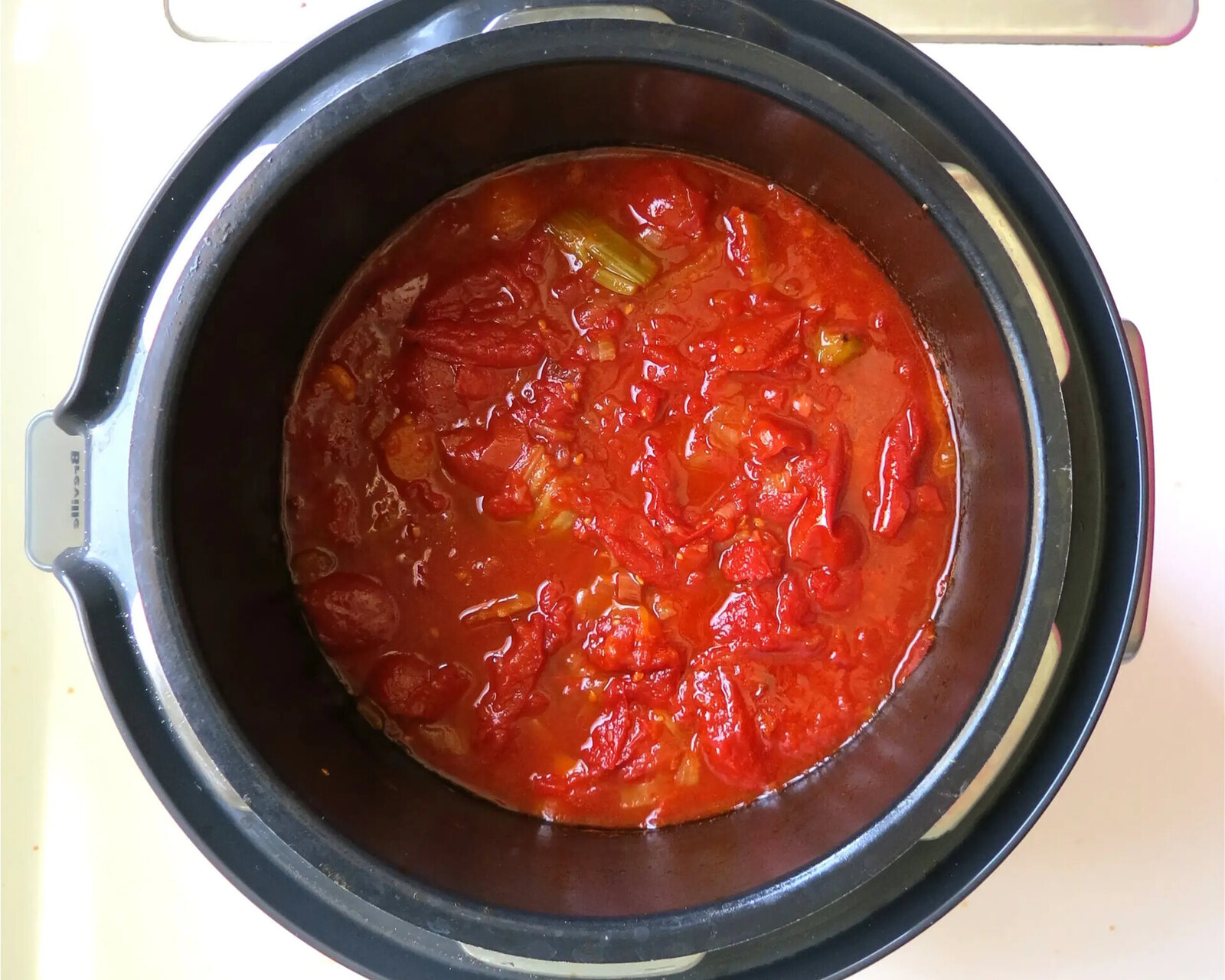
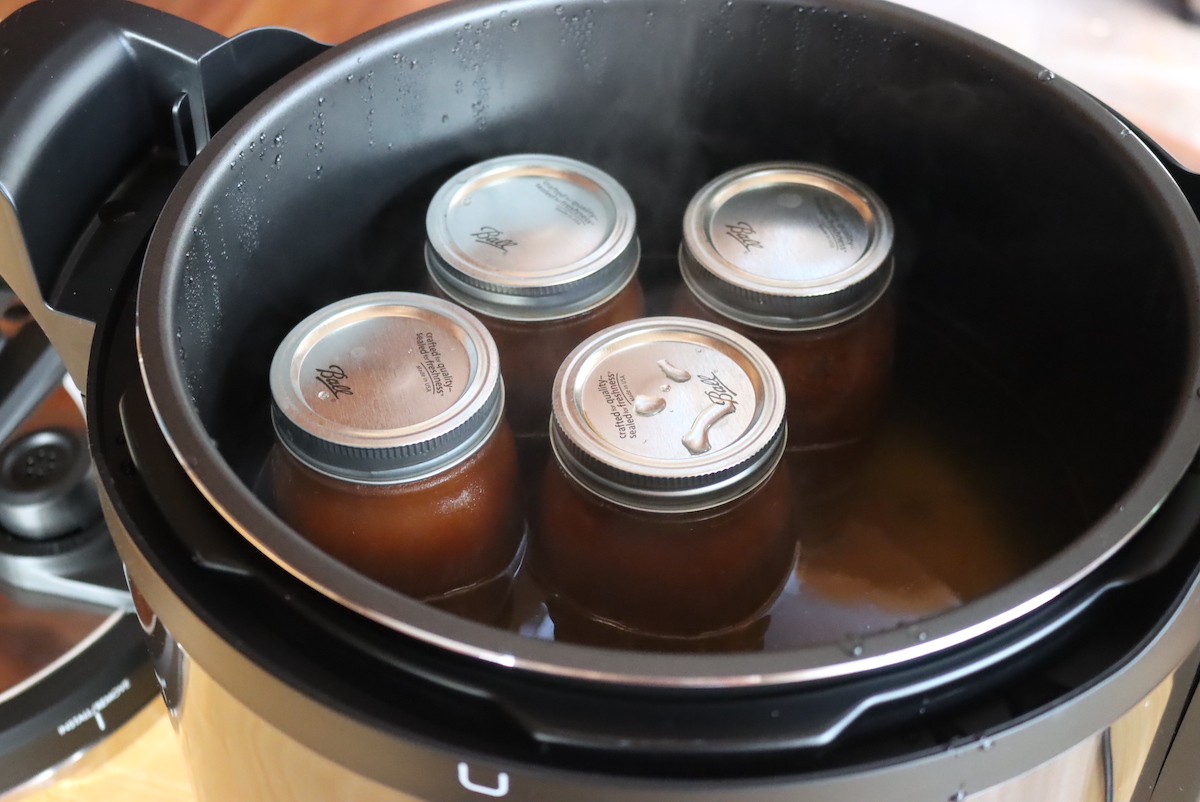
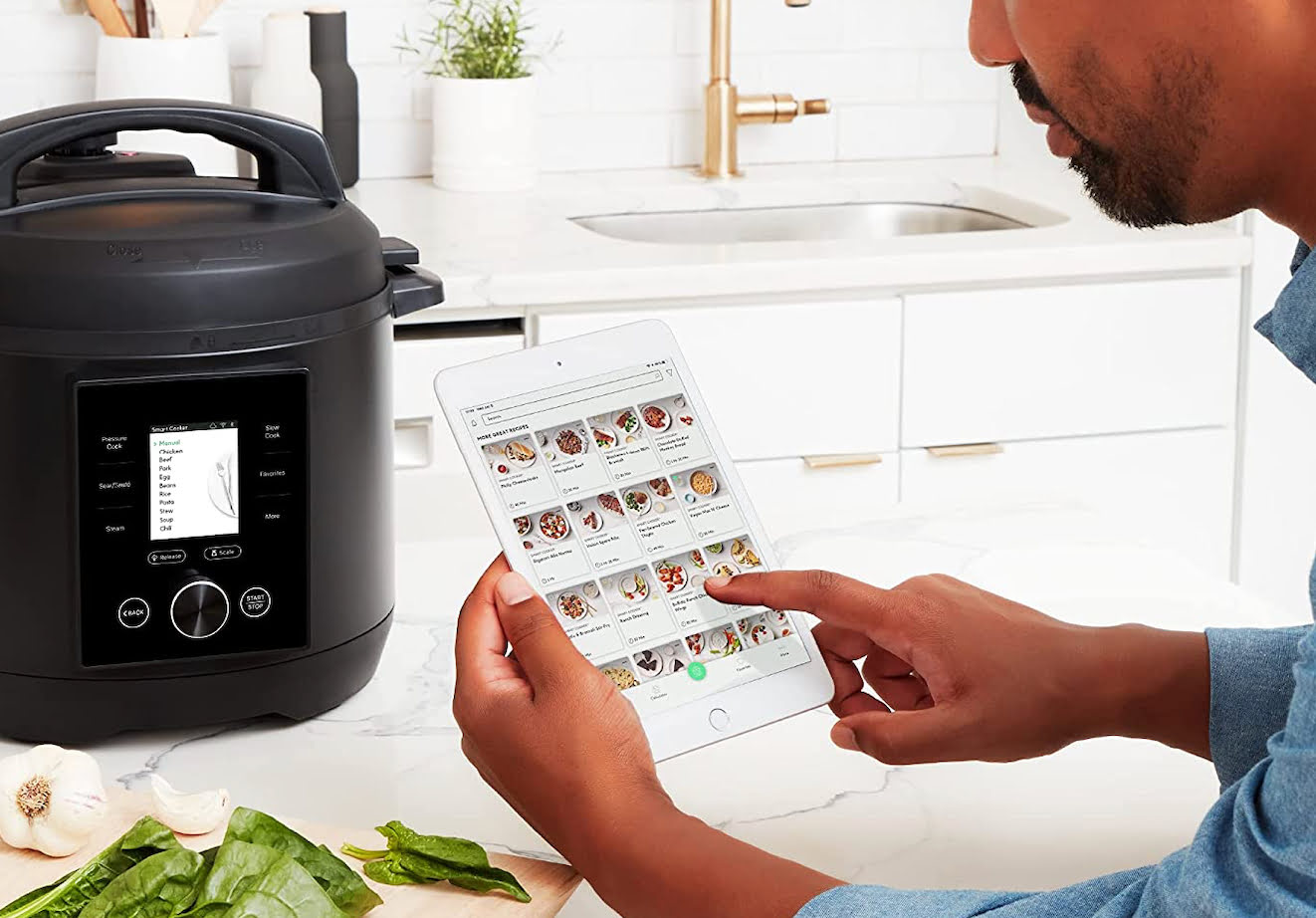
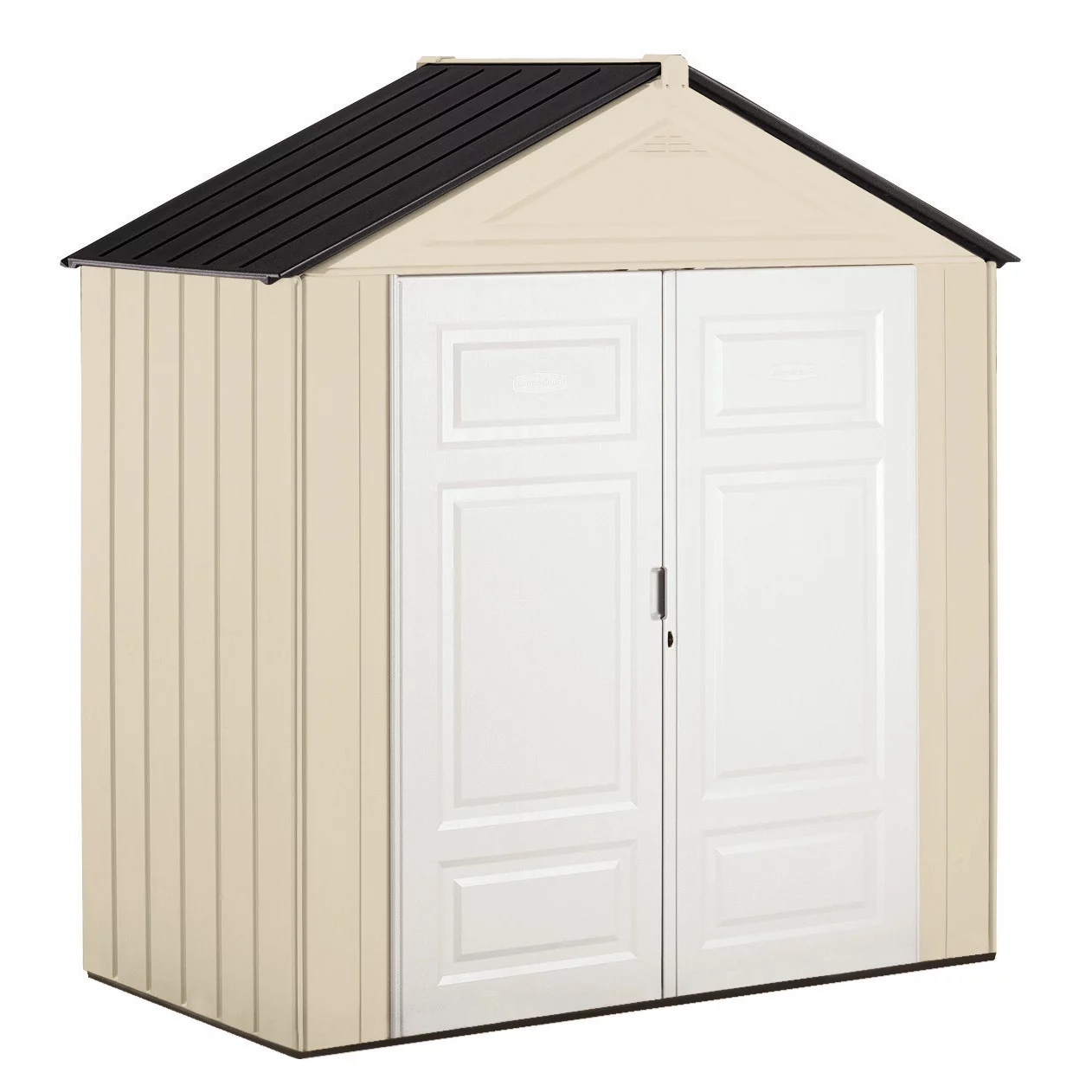
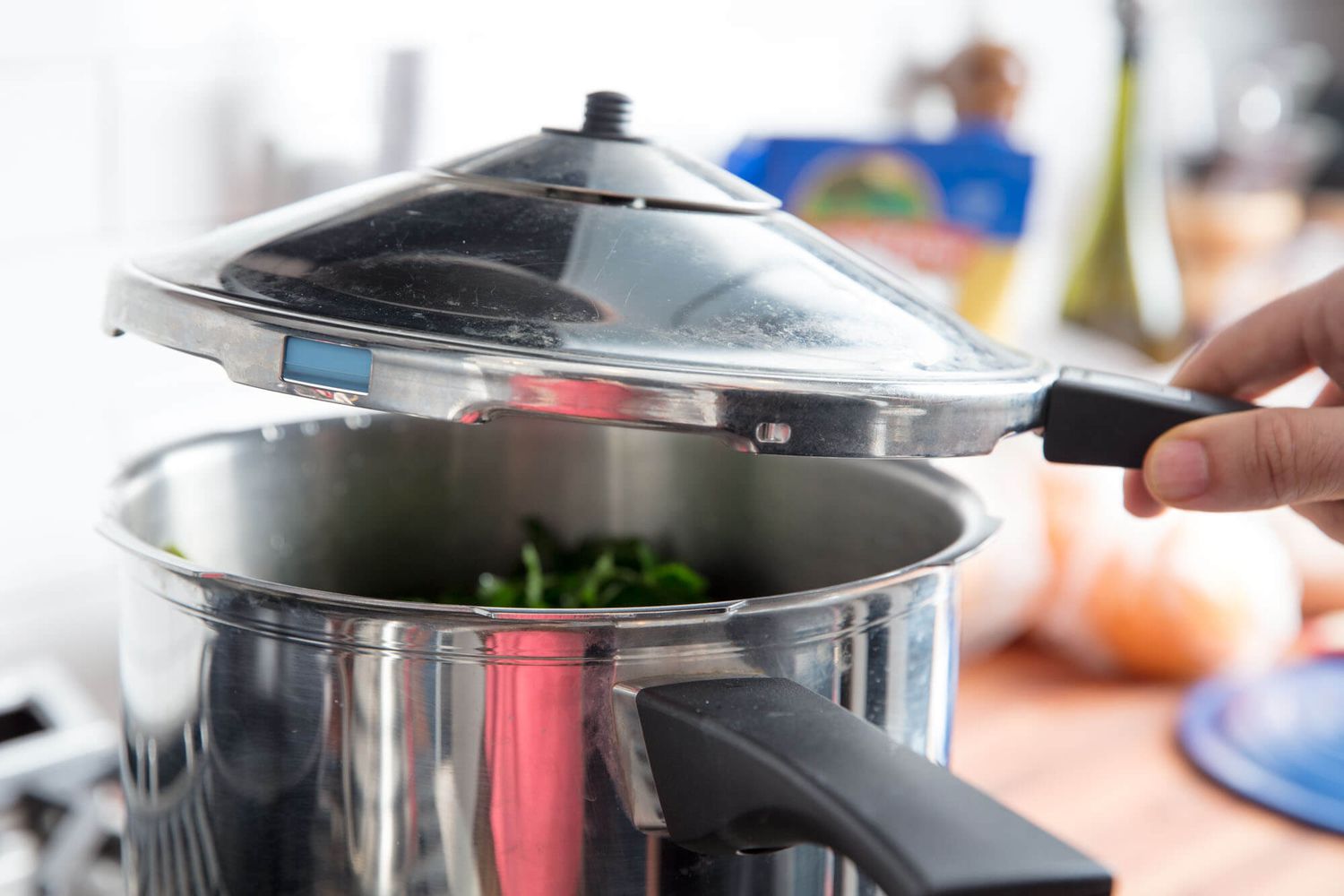
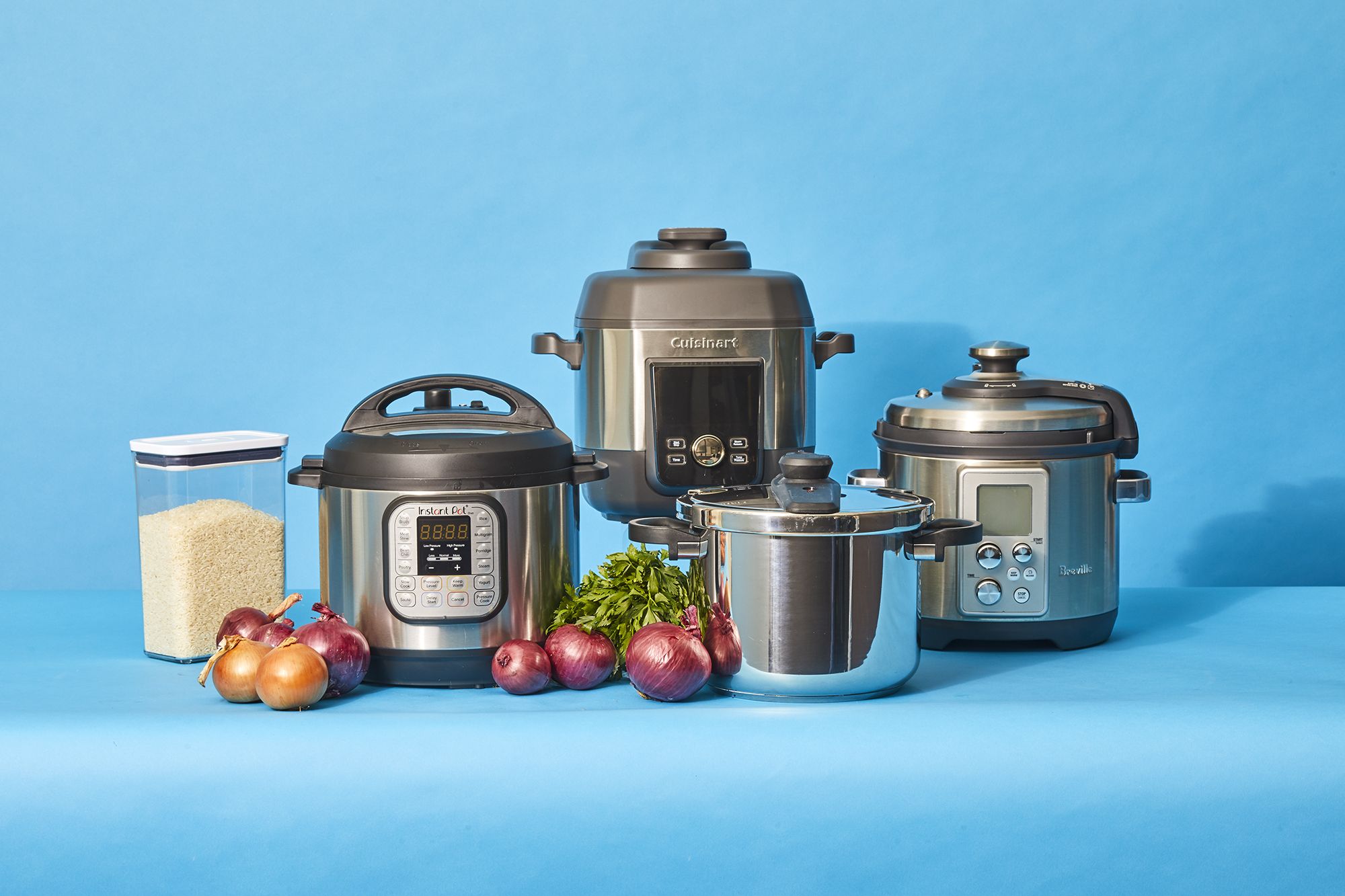

0 thoughts on “How To Put Together For The Electric Pressure Cooker?”